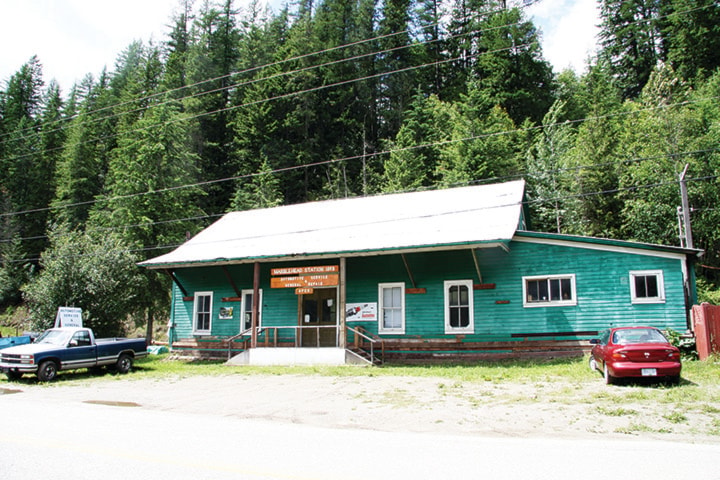
Dialogue and debate are integral to a free society and we welcome and encourage you to share your views on the issues of the day. We ask that you be respectful of others and their points of view, refrain from personal attacks and stay on topic. To learn about our commenting policies and how our community-based moderation works, please read our Community Guidelines.